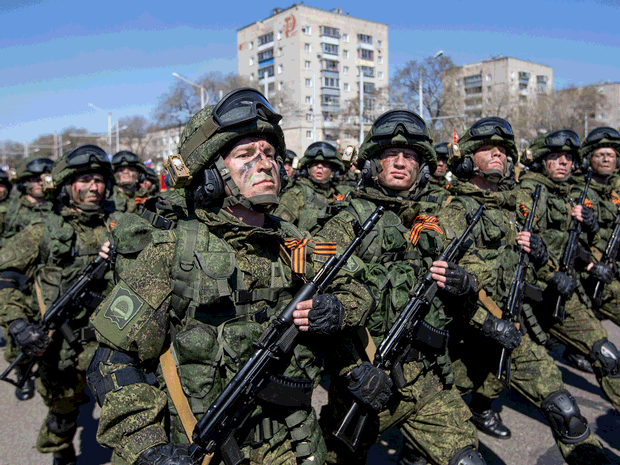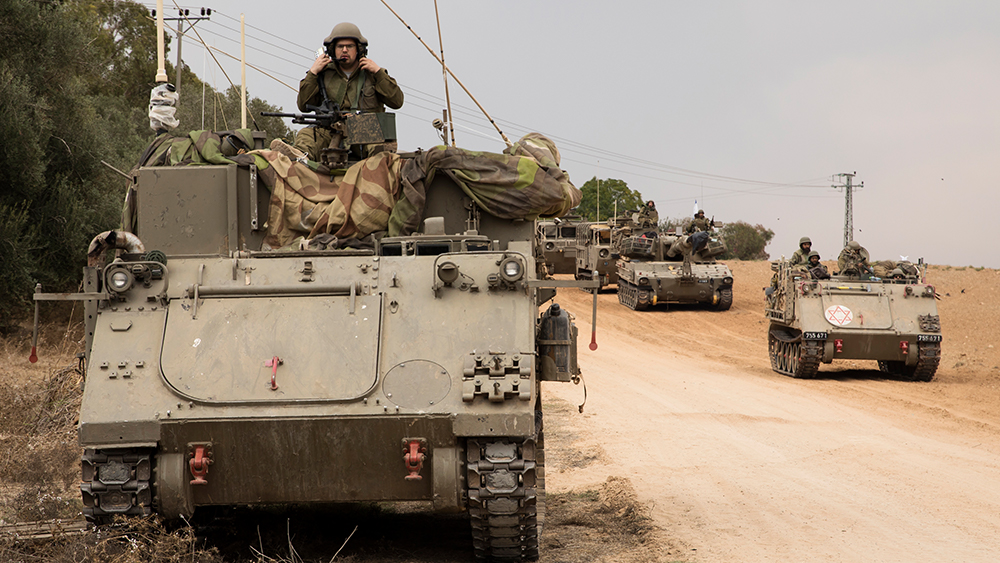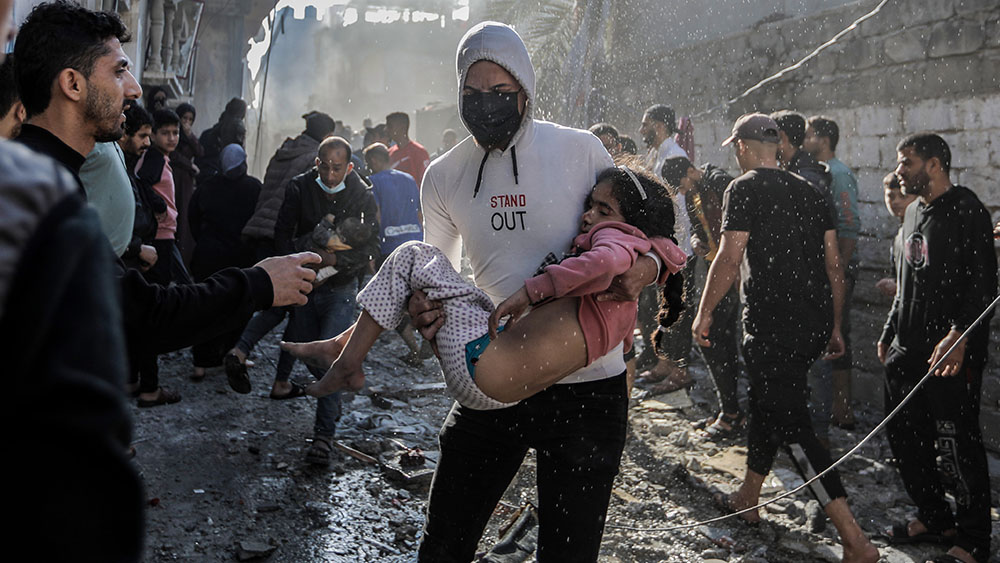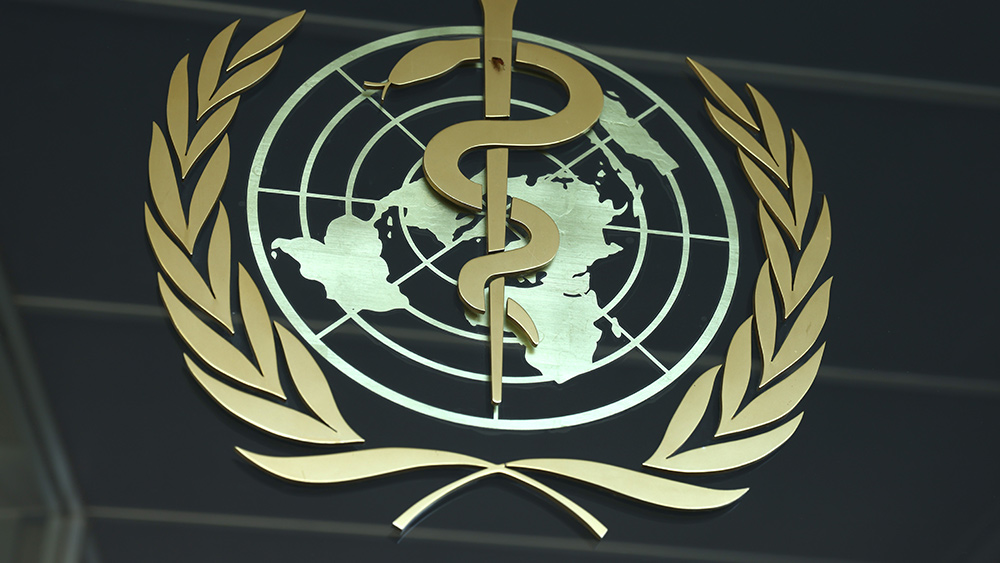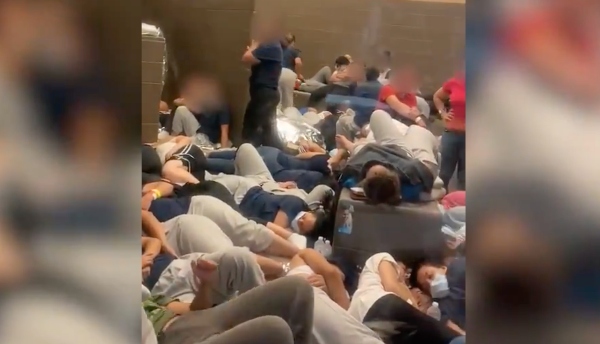U.S., Sweden and Switzerland now experiencing a SURGE in pneumonia cases while China deals with “white lung syndrome”
12/06/2023 / By Zoey Sky

Experts are worried after an alarming number of pneumonia cases have been detected in Sweden and Switzerland, especially as it follows a similar surge in cases in China.
Denmark and the U.S. have also recently reported an increase in cases of a similar respiratory infection in children.
Ohio also dealing with pneumonia cases
A recent study revealed that at least 145 individuals in Sweden were infected by mycoplasma pneumonia from April through September. The same report revealed that Switzerland had reported 132 cases while Singapore had seen 172.
Meanwhile, Ohio has reported a pediatric outbreak of pneumonia, including several cases of mycoplasma pneumonia, a mild version of the disease.
On Nov. 30, the Warren County Health District announced that it has seen an unusually high number of pediatric pneumonia cases — a total of 145 — since August. The average patient age is around eight years old and the most common symptoms are cough, fatigue and fever.
In a joint statement, health commissioner Duane Stansbury and Doctor Clint Koenig of Ohio Health Riverside Methodist Hospital, announced that they do not think it’s a new respiratory disease, “but rather a large uptick in the number of pneumonia cases normally seen at one time.”
In Denmark, the Statens Serum Institut (SSI), a Copenhagen-based research group that’s part of the Danish Ministry of Health, revealed that the country is also struggling with its own pneumonia cluster. (Related: Denmark seeing surge in same “white lung syndrome” pneumonia supposedly found in China.)
The SSI said that 541 cases of mycoplasma pneumonia were reported in the week ending Nov. 26 in Denmark, indicating a 222 percent increase from the 168 recorded during the week ending Oct. 22.
Hanne-Dorthe Emborg, an SSI researcher, warned that there is a widespread infection across Denmark. “The number of new cases has increased significantly [in recent weeks], and we are now seeing significantly more cases than usual,” added the researcher.
Health experts expected new outbreaks after COVID-19 pandemic
Emborg said that the surge in cases is to be expected, especially since immunity against the infections declined across populations during the Wuhan coronavirus (COVID-19) lockdowns.
She explained that fewer social interactions during the COVID-19 pandemic meant that the bacterium causing mycoplasma pneumonia had fewer opportunities to spread. This also means people didn’t develop any immunity during that period.
But now that more people are interacting in public, the bugs can once again spread more easily.
“For the past four years, the number of mycoplasma infections has been extremely low, and it is not unusual that we have an epidemic now,” said Emborg.
Countries usually experience surges in mycoplasma pneumonia every few years, so some outbreaks may be part of the seasonal cycle of respiratory illnesses. Experts have been expecting the surge in cases since Denmark closed the country after the pandemic.
Pneumonia, or the inflammation of the lungs, is often caused by a bacterial or viral infection that gets better after two weeks.
Mycoplasma pneumonia is sometimes referred to as “white lung syndrome” because of the white patches that appear on the lungs during X-rays. Adults older than 65, babies, young children and those with lung issues are particularly susceptible to infection by the mycoplasma bacterium.
China is also grappling with a similar surge in pneumonia cases affecting hundreds of children. Hospitals in Beijing are flooded with young patients lying on floors while hooked to IVs after showing symptoms like lung inflammation and a high fever. However, these patients don’t have coughs.
The rise in cases in China and now in the Netherlands has sparked fears that other countries, like the U.K., could also see an outbreak by Christmas. The U.K. Health Security Agency (UKHSA) reported that it is “closely monitoring” the situation.
Professor Dame Jenny Harries, UKHSA’s chief executive, said that the world must “keep an open mind about the cause of any increased reporting of clusters of disease, including of this illness in Chinese children.”
Harries added that the UKHSA will continue to work with international partners to “assess the emerging information as it becomes available.”
Other countries such as India, Indonesia, Nepal, Taiwan, Thailand and Vietnam have been alerted to check for a similar outbreak.
The World Health Organization (WHO) has officially requested “detailed” information as cases continue to surge.
Pneumonia in the U.K.
More people die from pneumonia in the U.K. than anywhere else in Europe. The majority of those who succumb to the infection are older adults, but young patients can also suffer from severe symptoms.
According to the charity Asthma + Lung, at least 700 children develop pneumonia in the U.K. each year. These children may develop a cold or flu first.
Dr. Simon Theobalds, a general practitioner (GP) at Pall Mall Medical, advised the public to watch out for specific signs that distinguish pneumonia from other childhood viruses. While some symptoms may overlap, pneumonia can cause persistent high fever, rapid breathing and chest retractions.
If you or someone you know is sick, watch out for symptoms like chest pain, a cough and difficulty breathing. The duration and intensity of symptoms can help you differentiate pneumonia from other common viral infections.
According to Theobalds, if symptoms persist and escalate, seek medical attention immediately because healthcare professionals can perform the necessary tests to help you find the appropriate course of treatment. A timely diagnosis can help improve your chances of recovery.
Symptoms of pneumonia, causes and treatment
The following is a list of pneumonia symptoms that can start suddenly or gradually over a few days:
- Body pain
- Chest pain
- A cough (you may cough up yellow or green mucus (phlegm))
- Chest pain
- Feeling confused, a symptom more common in the elderly
- Feeling very tired
- Loss of appetite
- Making wheezing noises when you breathe (babies may make grunting noises)
- Shortness of breath
You can get pneumonia through a bacterial or viral infection. This means that you can get infected by someone who is already sick, or you can get infected if you have another infection, such as flu or COVID-19.
Pneumonia can also be caused by a fungal infection. Additionally, it can be caused by something getting into your lungs, such as water or food (via aspiration pneumonia).
Some people are more at risk of becoming seriously ill if they develop pneumonia. Hospitalization is required if:
- A baby or young child has pneumonia
- You’re older than 65
- You have cardiovascular disease or a long-term lung condition
- You are very unwell
If you are hospitalized, you will be given fluids and antibiotics to treat the infection. You may also be given oxygen if you have difficulty breathing.
You may need an X-ray of your chest and blood tests to check for other conditions.
Visit Infections.news for more information about white lung syndrome.
Watch the video below as a news clip reveals more about Chinese hospitals being overwhelmed with childhood pneumonia.
This video is from the NewsClips channel on Brighteon.com.
More related stories:
Elon Musk says VENTILATORS destroyed patients’ lungs, NOT COVID-19.
Return of the mask: China recommends face coverings amid rising COVID-19 cases, respiratory diseases.
Sources include:
Submit a correction >>
Tagged Under:
big government, China, covid-19, denmark, health science, infections, lung disease, lung health, Mycoplasma pneumonia, national security, outbreak, pandemic, pneumonia, respiratory viruses, Sweden, switzerland, US, white lung syndrome, WHO, World Health Organization
This article may contain statements that reflect the opinion of the author
RECENT NEWS & ARTICLES
COPYRIGHT © 2017 NATIONAL SECURITY NEWS







